On January 29, 2025, during the Maha Kumbh Mela in Prayagraj turned tragic. A stampede killed 30 people and injured many more. As pilgrims flocked to the sacred confluence of the Ganges, Yamuna, and the Saraswati rivers, chaos ensued. In the aftermath of this disaster, it’s clear that poor crowd management and a lack of preparation from the authorities were significant contributors to the catastrophe.
Here’s an analysis of the tragic incident that what went wrong and How Mismanagement in Kumbh Killed 30 ?
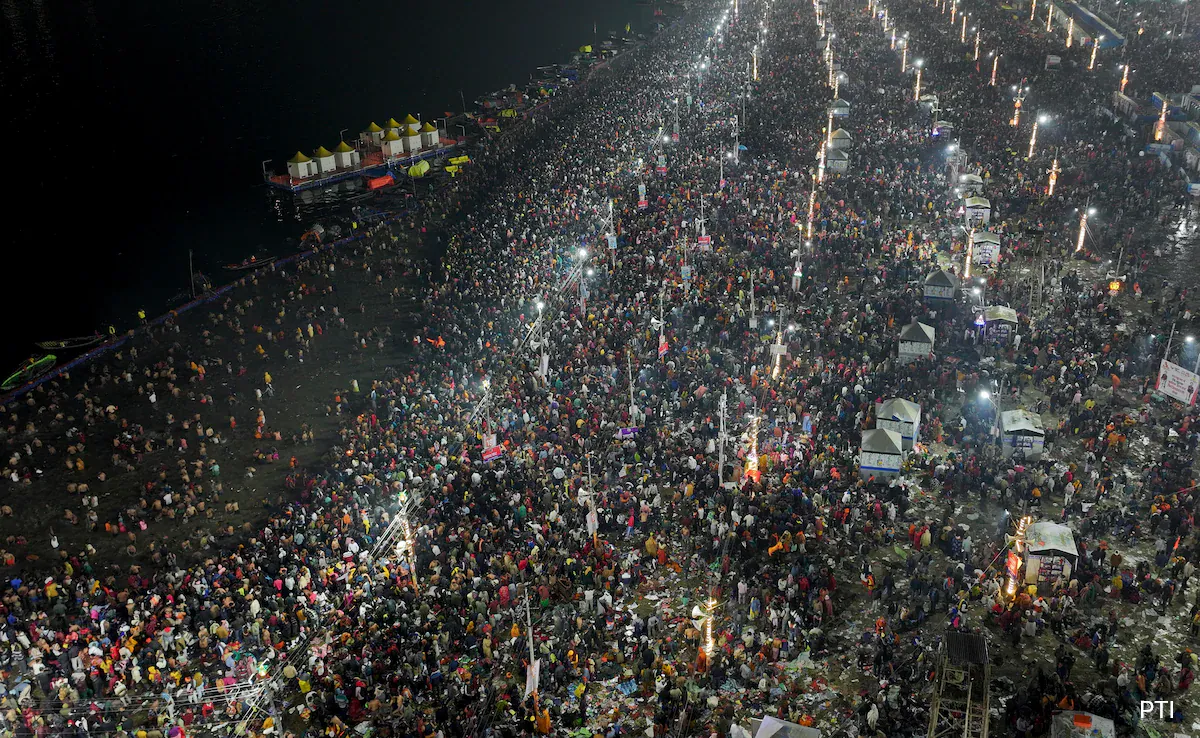
Why So Many People Were There?
The sheer number of people present at the Maha Kumbh Mela on Mouni Amavasya was one of the major factors contributing to the disaster. On 29th Jan was the day of Mouni Amavasya, which is considered one of the holiest days for a ritual dip in the sacred confluence of the Ganges, Yamuna, and Saraswati rivers, millions of pilgrims from across India and abroad gathered at Sangam.
This year, reports suggested that over 30 million people had gathered in Prayagraj for the event. The massive scale of this influx was a result of a combination of factors:
- The Dip on Mouni Amavasya considerd as symbolism of purification and absolution.
- This Kumbh Mela is not just an act of faith but also an opportunity to be part of a historic event.
- The emotion of unity and togetherness in large crowds, makes it a once-in-a-lifetime experience for some.
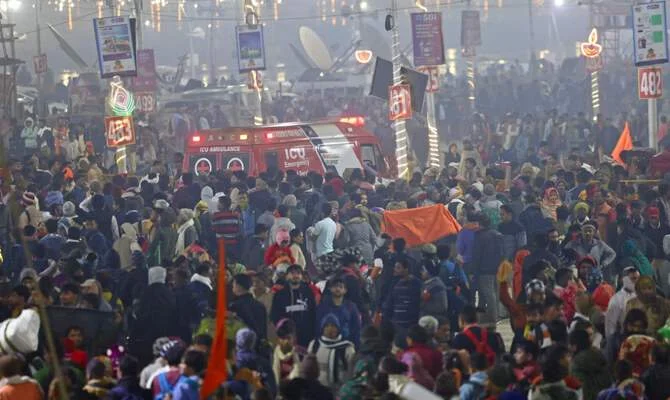
The overwhelming number of people, especially when they are concentrated in a relatively small area like the riverbanks, significantly increases the potential for crowd-related accidents. With a large number of people arriving at the same time, the authorities were unable to effectively control the situation, and the lack of proper crowd management measures turned what was meant to be a spiritually uplifting experience into a tragic disaster.
The Maha Kumbh Mela stampede occurred on Mouni Amavasya, a day of significant religious importance, when millions of devotees gather to take a ritual dip in the holy river. However, the spiritual occasion turned into a nightmare due to the sheer number of pilgrims and the lack of proper crowd management.
The government failed to anticipate the overwhelming number of devotees, whereas generalist claimed this number to be around 30. Which leading to a situation where even a slight delay or obstacle turned into chaos, culminating in the deadly stampede.
This tragedy unfolded as people rushed in an organized direction toward the river, making it impossible to control the crowd effectively.
The mismanagement and failure to provide adequate safety measures resulted in numerous fatalities and injuries, forever marking the Maha Kumbh stampede death as a dark chapter in the event’s history.
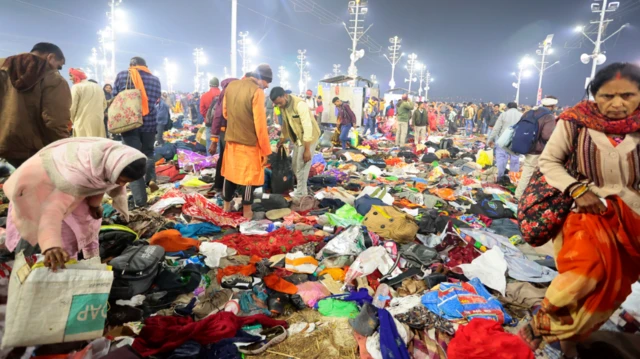
What went wrong?
Whenever large crowds gather, especially at events like the Kumbh Mela, religious festivals, political rallies, concerts, or sporting events, there are certain fundamental rules of crowd management that must be followed to ensure safety and prevent disasters. These rules are designed to mitigate risks, control crowd behavior, and provide effective emergency responses. Without adhering to these guidelines, even a small disruption can escalate into a tragic situation, as we witnessed during the recent stampede. Proper crowd management is crucial to prevent such chaos and ensure the safety of all attendees.
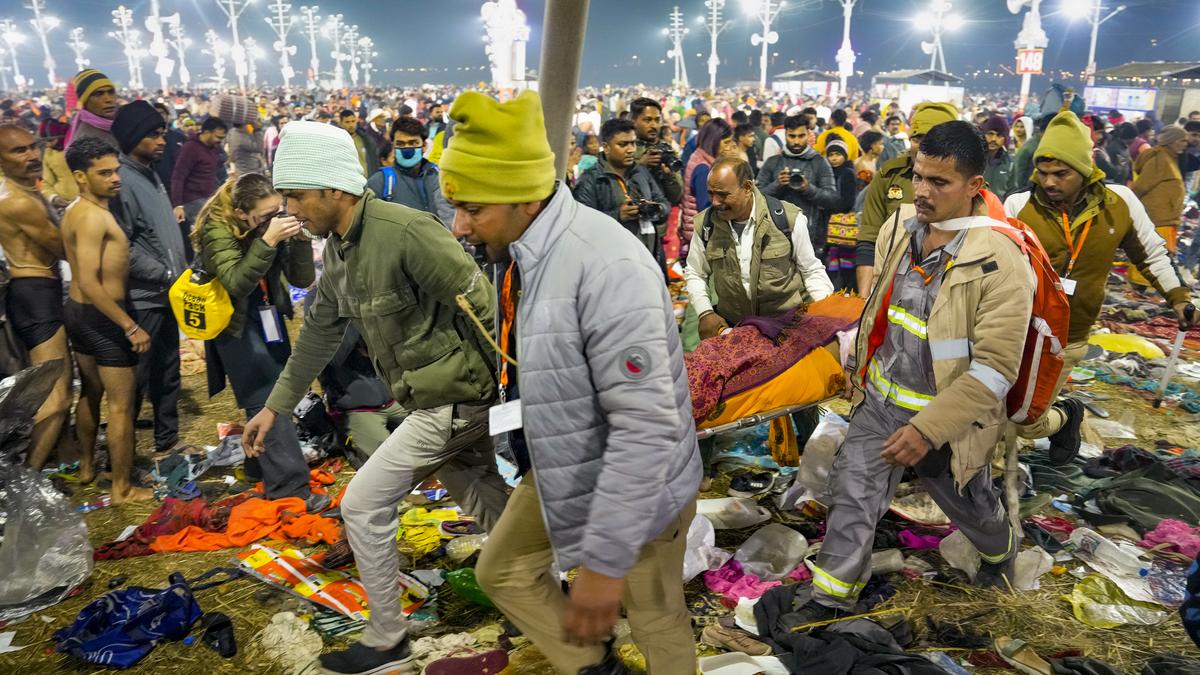
Rules of Crowd Management
1. The Dangers of Organized Crowd Movements
One of the fundamental rules of crowd management is that crowd movement should remain random. When large numbers of people begin moving in an organized direction, even the smallest blockage can cause a deadly chain reaction, triggering a stampede.
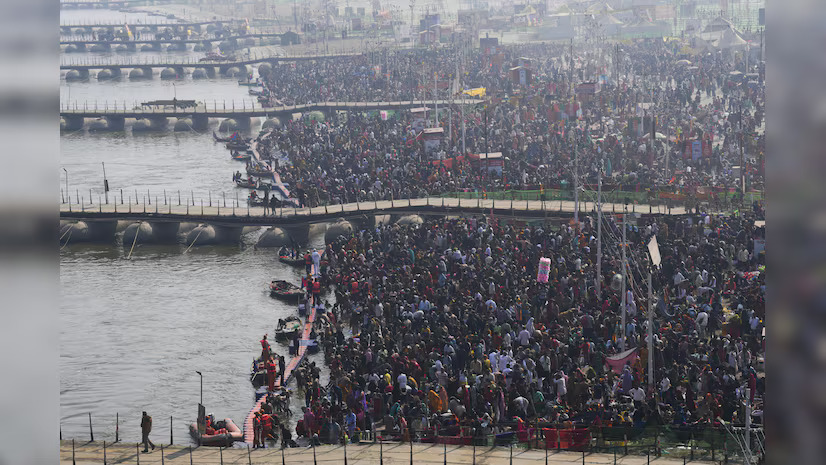
Mistake by the Organisers: The announcement of Mouni Amavasya during the Kumbh Mela led to an influx of people moving in a single, organized direction toward the holy dip. This directed movement, coupled with the overwhelming number of pilgrims, created a situation where even a minor disruption turned fatal.
2. Never Stop the Flow of People
Crowd management experts agree that the movement of people should never be stopped. Stopping a crowd causes it to accumulate in a single location, increasing the chances of overcrowding and creating a dangerous situation.
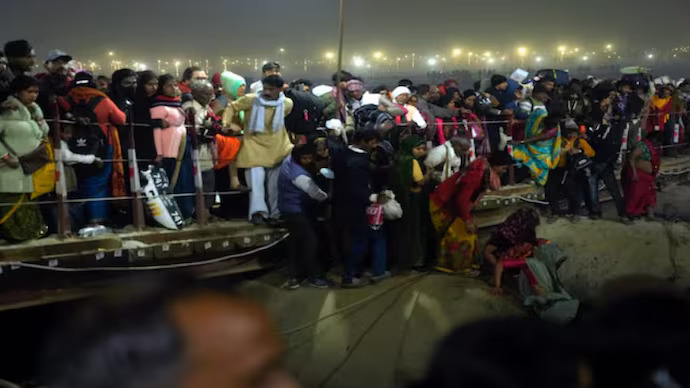
Mistake by the Organisers: Unfortunately, at the Kumbh Mela, people were repeatedly stopped or delayed at various junctures, particularly near the riverbanks, which only worsened the situation.
3. Ensure Sufficient Exits
One of the most basic yet crucial rules of crowd management is ensuring that there are more exit points than entry points. A large number of exits helps facilitate a quick and safe evacuation in the event of an emergency.
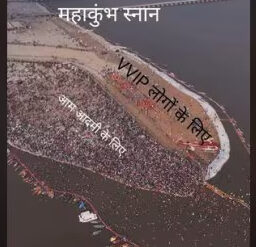
Mistake by the Organisers: Unfortunately, at the Kumbh Mela, the number of exits was insufficient. In fact, many exit routes, including critical bridges, were closed, making evacuation near impossible.
4. Strategically Located Emergency Empty Islands
In crowded events, strategically placed empty spaces, or “emergency islands,” can be lifesaving. These empty zones allow for crowd dispersal when pressure begins to build in one area, diverting people away from danger.

Mistake by the Organisers: Unfortunately, such spaces were either absent or too few at the Kumbh Mela, leaving pilgrims with no place to go when the crowd began to swell dangerously.
5. Inadequate Emergency Workforce
Crowd management is not just about controlling the crowd; it’s also about having enough emergency workers (police, medical staff, and home guards) to respond quickly and efficiently when things go wrong.
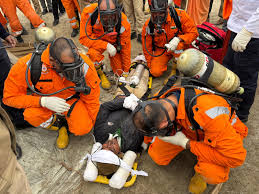
Mistake by the Organisers: In the case of the Kumbh Mela, the number of emergency personnel was drastically insufficient given the scale of the event. This lack of workforce delayed rescue operations and increased the scale of the disaster.
6. Lack of Communication and Coordination
One of the most critical aspects of crowd management is effective communication. Timely announcements and real-time updates can help direct the crowd, provide instructions, and prevent panic.
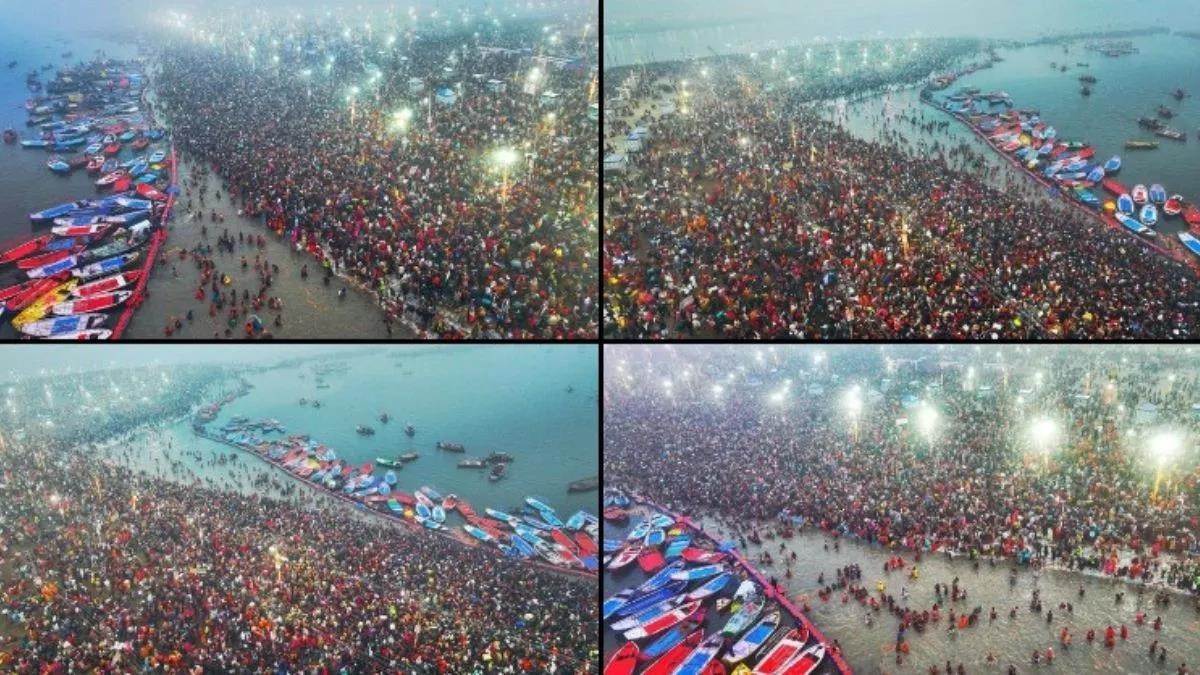
Mistake by the Organisers: The communication between the authorities and the pilgrims was lacking. The announcement of Mouni Amavasya was poorly managed, and there was a delay in providing crucial updates during the stampede.

Critical Failures in Kumbh Mela Management
1.The government’s failure to manage the crowd’s movement was evident. By directing people in a specific direction for the Mouni Amavasya ritual without considering the potential risks of congestion, the authorities failed to prevent the possibility of overcrowding and stampedes. This poor handling of the situation directly contributed to the Kumbh Mela stampede death toll.
2. The government failed to ensure an uninterrupted flow of pilgrims, leading to dangerous bottlenecks. This lack of foresight and inadequate planning contributed directly to the deadly and the chaotic conditions that followed. This tragic event is an example of why stampede meaning in large gatherings needs to be considered carefully when organizing future events.
3. Closing key bridges and limiting the number of available exits significantly hindered the ability of people to escape when the situation .turned chaotic This lack of basic safety infrastructure is a direct failure of the government’s crowd management strategy. The shortage of exits played a major role in the Mahakumbh stampede deaths.
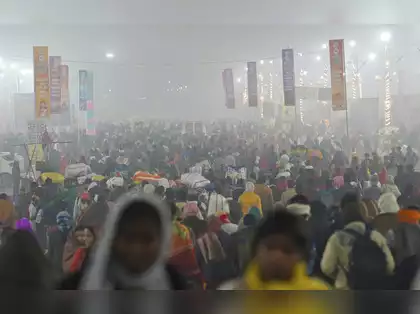
4. People were forced to walk for kilometers in dense crowds with no option to rest or find safety. The absence of designated safe zones for pilgrims exacerbated the situation. which coupled with the absence of effective crowd control measures, directly contributed to the fatalities during the stampede. The lack of emergency empty islands left the situation ripe for disaster, leading to Mahakumbh stampede deaths that could have been avoided.
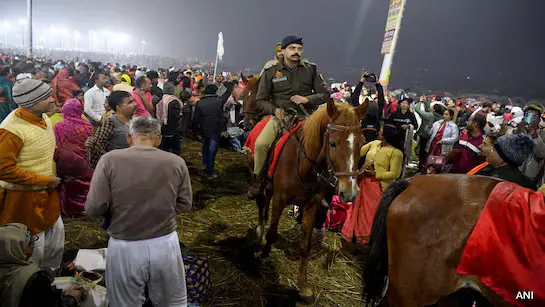
5. Failed to deploy enough personnel to handle the huge number of pilgrims. The ratio of emergency workers to visitors was far too low to manage the chaos. This gap in the emergency workforce contributed to the rising Kumbh stampede death toll and highlights the dire need for more personnel during such massive events.
6.The government failed to ensure proper communication between officials and attendees. The lack of coordination between emergency teams and law enforcement led to confusion and delayed responses. Announcements that were made were either ineffective or ill-timed, leaving the crowd unaware of the dangers and exacerbating the crisis. This lack of communication was a crucial factor in the stampede in Kumbh Mela 2025 that could have been avoided with proper messaging.
Conclusion: A Preventable Tragedy
The Kumbh Mela stampede was a tragedy that could have been prevented. The government’s failure to implement basic crowd management protocols, inadequate planning, and lack of foresight cost lives. The lessons from this event should serve as a wake-up call for authorities planning large-scale events in the future. To prevent such disasters from happening again, it’s imperative that the following measures be taken:
- Random crowd movement, not organized flows.
- Uninterrupted movement of people.
- Sufficient exits and open escape routes.
- Adequate emergency spaces and workforce.
If the authorities had followed these principles, the tragic deaths at the Kumbh Mela would likely have been avoided. It’s time for a comprehensive review of how large-scale events are managed, and more importantly, how safety can be prioritized to ensure that such a disaster never occurs again.
Read more –Kejriwal’s 50% Metro Fare Cut: A Gift to Students or a Burden on Taxpayers?



